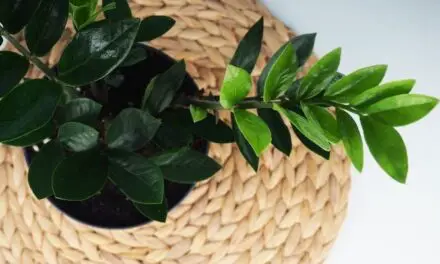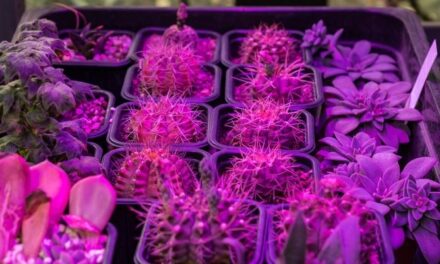If you find that your succulent is melting down into a gushy mess, it’s most likely because you are overwatering it. If your succulent starts to melt, stop watering immediately and let the plant dry out completely before watering again.

Succulents are very popular plants because they are hardy and don’t require much in the way of care.
They’re great for people new to keeping plants.
Most problems that succulent growers encounter have to do with improper watering.
If your succulent is starting to rot, here are some tips and tricks to avoid the problem, as well as how to fix it.
Related Article: Why Is My Succulent Turning Purple?
How To Care For And Stop Your Succulent From Melting
Succulents are quite different from most plants, so they need a different kind of care regimen.
Succulents have special cells that hold onto moisture instead of getting their daily moisture from the soil.
When you water your succulent it sucks up all of the water and holds onto it, gradually using that stored moisture to stay alive.
Table of Contents
How To Water Your Succulent
Succulents don’t like too much water.
They like dry, airy soil in between waterings, and when the soil doesn’t dry out enough between waterings the plant can start to rot or look like it’s melting.
If you live in a more humid climate it’s even more important to make sure that your succulent isn’t getting too much water and that the pot has good drainage.
To determine if your succulent needs water, check the leaves.
Give them a gentle squeeze, and if they’re firm they don’t need water.
If they are starting to get squishy that means they’ve used up their internal moisture and need some more.
Also, check the appearance of the plant.
If it’s standing upright it’s probably okay.
If it starts to sag or fold or show wrinkles it needs water.
When it’s time to water your succulent, the best method is to water from the bottom up.
Watering from the top down can cause rot at the base of the plant.
Place your succulent’s pot in a pan of water and wait until you see the topsoil become wet.
Take the succulent pot out and allow it to drain.
Although succulents can handle drier soil, don’t let the soil go dry for too long before watering again as some of the roots can die.
If your succulent has been dry for too long, don’t give it too much water at once.
Give it a little bit at a time over a few days until the leaves start to feel firm again.
The time of year will also determine how often your succulent needs to be water.
You’ll most likely notice that your plant needs more water in the spring and summer when it is actively growing, as opposed to the colder months.
How To Keep Your Succulent In Good Health
Be Mindful Of Light
Since succulents are desert plants they’re used to getting a lot of light.
If you’re growing them indoors make sure they are getting enough sunlight.
Place your succulent near a window where it can get a lot of bright light.
If that’s not possible you can purchase special growing lights that will stimulate growth in your succulent.
Temperature And Humidity
A great thing about succulents is that they aren’t too picky about temperature.
In the desert they experience hot days and cold nights, so they can handle being indoors or out.
Humidity levels are important for succulents.
They don’t like high levels of humidity as it can cause the plant to rot.
If your home is humid consider placing a dehumidifier near your succulent.
Potting
If you’re bringing your succulent home for the first time, or it’s time for a pot upgrade, it’s important to re-pot properly.
Chose a pot that’s big enough and that has plenty of drainage.
If the drainage holes are big enough to allow the soil to fall out you can place a mesh screen at the bottom before putting in the soil.
Use a special succulent soil and fill the pot almost to the top.
Place the plant on top of the soil and add some more soil to keep it in place.
Add a top dressing of gravel or small, colorful rocks to the top, and don’t water your newly potted succulent right away.
Let it sit for a few days to settle into its new home.
How To Save Your Melting Succulent
If you’ve overwatered your succulent and it’s starting to melt don’t fear, you can possibly save it.
Stop watering immediately.
Remove the plant from its pot and remove any black stems or roots with a clean knife.
Allow the plant to dry out for a few hours out of direct sunlight.
Clean out the pot and dispose of the soil and repot your succulent in fresh soil to avoid any infection from the old soil.




